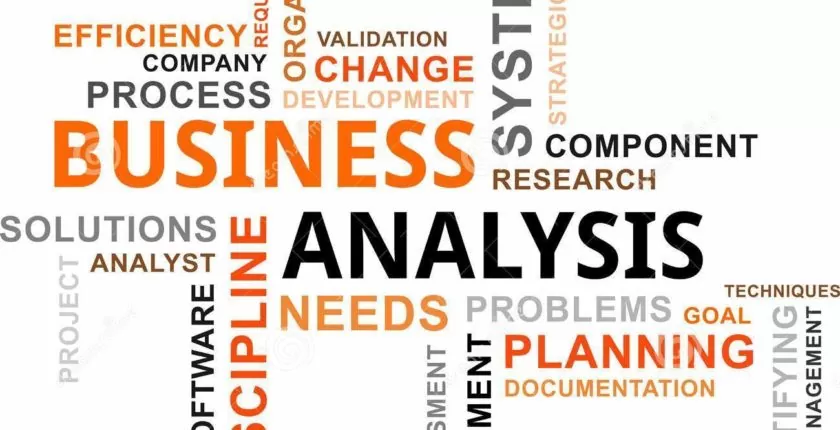Why is business analytics the savior safeguarding commerce in 2022?
Predicting the future of commerce is not magic or a voodoo technique, It is generally called business analytics. The world was suffering from a devastating recession and the inflation resulting from the same was detrimental, to say the least. The pandemic emerged amidst these worsened conditions and catered the last nail to an already tightly packed coffin. The major world economies were shattered and the dependent nations were abandoned completely. A very vivid and tragic example in the Indian IT sector. The IT sector of India was cluttered with outsourced work that lacked the quotient of innovation.
These outsourced work from developed countries was mundane but paid the workforce well. IT professionals before the pandemic were the most highly paid and respected in India. But after the client economies collapsed the flow of contracts and work stopped all of a sudden, resulting in massive job losses. The role of a business analyst is to predict these ordeals and prepare at the earliest signs of a debacle. This article will dive deep and explore the different types of business analytics that are involved in securing the most beneficial path through the future and helping a commercial entity thrive.
Types of business analytics
The process of making sensible predictions from seemingly unrelated data is called business analytics. The process, however, is divided into a few stages which involve understanding the process and figuring out an approach for the analytics. The stages are unique in individuality but collectively serve a greater purpose. The types of business analytics stages are as follows,
Descriptive analytics
This stage concerns itself with describing the situation specifically and the ordeal that is to be dealt with. The descriptive analysis process concerns itself with the representation of data and its representation. The description of a problem can easily be understood by humans but in order to make machine learning and AI-enabled tools understand the data, it needs to be structured accordingly. Humongous amounts of data a human being deals with while performing business analytics are easily dealt with by the deployment of ML and AI-enabled tools. Thus the descriptive process is concerned with making sure the data is workable.
Diagnostic analytics
Predicting the future with the help of past data is a long and arduous process. The process involves a plethora of techniques, including trend analysis, pattern recognition from existing business data or maybe even regression-based analysis. The diagnostic analysis is the stage where problems are identified and the reasons investigated. Diagnostic analysis is performed for pinpointing the problems with the help of available data and making sense of the problem from a troubleshooting perspective.
Predictive analytics
As the name suggests, predictive analysis is concerned with analyzing the trends and patterns in a data set and predicting the most appropriate future. These predictions mainly focus on upcoming potential hurdles. The diagnosis, in this case, is expected to be omnipresent before the onset of predictive analysis. And based on this very diagnosis predictions are made. A predictive analysis requires machine learning and AI tools for the process to be executed.
Prescriptive analytics
The prescriptive analysis starts with assessing the risks and finding out the right way to evade the risk. In order to assess the risk diagnostic and predictive analyses are performed and the excerpts are analyzed as meta-analysis. This meta-analysis is concerned with sketching a path for future operations with the help of data. The prescriptions can not be made in a standalone manner. The precariousness of times demands more contingencies and all kinds of plans must be made in case of a potential failure. The prescriptive analysis also involves the production of a guideline for all the aspects of the business to follow. And the aspect of representation of excerpts in a lucid manner is also involved.
Why business analytics?
A business analyst is expected to be a good manager with relevant skills under his belt and must possess the necessary statistical prowess to handle complex analytics problems. And employers are reluctant to hire freshers for this role due to a plethora of reasons. Which includes the importance of responsibilities. A business analyst acts as a guide and assesses the risk involved while making important decisions or planning crucial investments. The times we are living in, especially after suffering the pandemic-induced lockdowns are precarious. And a business analyst or a heavily data-dependent guide in this case can save a venture from going extinct under the pressure of mistakes and less-calculated decisions.

















